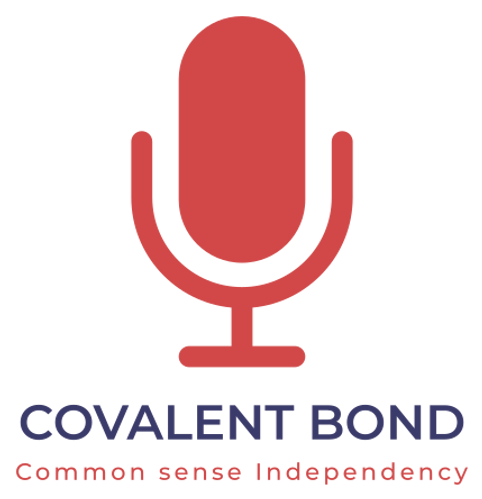The Rome Preamble
7/14/25
By:
Michael K.
From the "Roman Circle" to Trump's Ultimatum — The New Course Toward Russia

Author's Note: This article continues the previously published piece "The Roman Circle: Patriot, Oil, and 500%" and examines how the trends outlined there have developed into specific statements made by Donald Trump on July 14, 2025.
Background and Geopolitical Context
Since spring 2025, the Trump administration has escalated its rhetoric against countries that maintain economic ties with Russia. As early as April, the possibility was raised of imposing 500% tariffs on oil and gas deliveries from Russia to third-party countries if they do not sever their contracts. This approach was first detailed in the article "The Roman Circle," which explored both the ideological and trade roots of the new policy.
A turning point came with the announcement of transferring U.S. Patriot air defense systems to Ukraine, which was seen not only as a military escalation but also an economic one.
Patriot, Europe, and “We Deliver, You Pay”
On July 14, Donald Trump officially confirmed that the U.S. would send additional Patriot batteries to Ukraine. However, these deliveries would be paid for by European allies, not by Washington. In his speech, he pointedly stated:
“We make the best equipment... they will pay for it.”
According to Reuters, the systems are in the final stages of production. Delivery is expected within days.
The Guardian emphasizes that the announcement came after several rounds of consultations between the U.S. and European capitals. The American side agreed to provide the systems on the condition of full financial responsibility by the EU. This move strengthens transatlantic cooperation while reducing direct U.S. financial involvement in the conflict.
Kellogg's Mission and Expanding Support for Kyiv
Reuters confirms that General Keith Kellogg arrived in the Ukrainian capital on the eve of Trump’s speech. His mission was to lay the groundwork for technical deliveries, discuss sanctions pressure, and plan joint weapons production.
Radio Free Europe/Radio Liberty reports that Kellogg met with key Ukrainian officials, including Andriy Yermak, who emphasized the need to “move from words to tangible support.”
Interestingly, discussions also included the possibility of establishing joint production lines in Poland and Slovakia — as components of NATO’s new defense architecture.
Moscow Responds: Gerasimov, Logistics, and Symbolism
On the day of Trump’s announcement, Russia responded with a symbolic move: Reuters reported that Valery Gerasimov appeared in an active combat zone. This rare public gesture was interpreted as a response to the escalation of Western aid.
Meanwhile, another Reuters report confirms that Moscow still retains control over logistical routes and acknowledges the continuation of American supplies despite diplomatic pressure.
Market Reaction — Oil, Dollar, and Jitters
Reuters notes a rise in oil prices amid the anticipation of more aggressive rhetoric. Brent and WTI gained 0.2–0.3%, which may seem marginal, but the market views the threat of a tariff war as a destabilizing factor.
Financial analysts also recorded increased volatility in the bond sector: investors are pricing in scenarios where secondary sanctions may affect third-party companies trading with Russia.
Ultimatum: 50 Days Until Trade Blockade
The climax of Trump’s speech came with the declaration of a 50-day deadline. If Russia does not cease its military campaign, the U.S. will impose secondary tariffs of 100%. These will affect not only Russian firms but also all entities doing business with them. This marks a slight departure from the original proposal of the Sanctioning Russia Act of 2025 (S.1241), which initially envisaged 500% customs tariffs on goods from countries aiding in sanction evasion. It is likely that the bill may be amended in the coming months and passed by both chambers.
According to the Financial Times, the White House is preparing a set of guidelines for banks, logistics firms, and payment systems, warning them of sanction-related risks when dealing with Russia.
At a joint press conference with Mark Rutte, The Washington Post reports that it was stressed Europe would adopt mirror measures if the diplomatic window is ignored.
Rutte stated:
“If I were Vladimir Putin, I would reconsider whether I should not take negotiations... more seriously.”
Conclusion and Outlook
Trump did more than make a statement — he outlined a strategic framework: military aid financed by Europe, economic pressure via U.S. tariffs, and a diplomatic window closing in August.
This three-step plan is a logical continuation of the model described in "The Roman Circle". The only difference now is that it is no longer theoretical, but an officially declared state strategy.
Reactions are forthcoming: the Kremlin, Beijing, Brussels, and Delhi are already preparing their own responses. Covalent Bond will continue monitoring and publish a follow-up analysis as soon as official responses are issued.
Latest news



